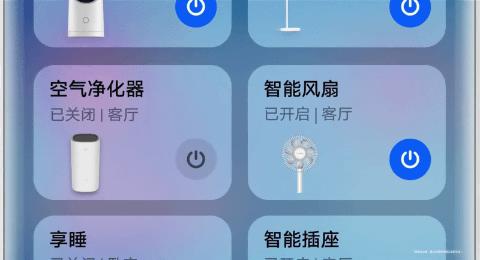982: Can you watch YouTube? Can I use Android apps?What is HarmonyOS for Huawei smartphones and tablets?
HarmonyOS 2.0 smartphones are partially compatible with Android apps
Let's take a look at the features of HarmonyOS 2 as of September 2021. The version of HarmonyOS 2 on smartphones and tablets is in many ways similar to the Android family, including Fuchsia (OS for Nest Hub).
Related articleHuawei's original OS "It does not compete with Android, but its performance is superior" -Promote development with open source
At least, many applications for Android smartphones and tablets that don't use GMS are well-made compatible operating systems in the sense that they run on HarmonyOS 2 smartphones.
Also, HarmonyOS is partly open source, just like Android. The open source version of Harmony OS is released as “OpenHarmony 2.0 Canary” on the Chinese source code hosting service “Gitee”.
This version uses a multi-kernel design that accepts Linux, HarmonyOS microkernel, and Huawei LiteOS as the kernel, allowing developers to choose the kernel depending on the target hardware environment.
Huawei cites the following three features in the development document as "HarmonyOS is a decentralized operating system for a world where all things are connected by a network".

· Hardware collaboration and resource sharing
Devices with this OS are integrated at the system level to form a super device. This allows mutual hardware support and resource sharing between devices, giving you the flexibility to scale the hardware capabilities of your device.
・ One-time development for multi-device deployment
With HarmonyOS, you can deploy an application once developed to a wide range of devices. HarmonyOS's distributed technology enables application development in various device formats. This allows you to focus on the upper layer of service logic and develop your application in an easier and more efficient way.
The HarmonyOS application development environment provides APIs for various programming languages. You can choose from Java, XML, C / C ++, JavaScript, and CSS.
・ Flexible deployment with a unified OS
With HarmonyOS, it is possible to flexibly deploy to meet the needs of devices with different functions while unifying them with a single OS. For device developers, HarmonyOS component-based design solutions will be a great help in flexibly meeting the OS requirements of different forms of terminal equipment, depending on resource capacity and business characteristics.
As mentioned above, HarmonyOS needs to be adapted to devices of various types, memory capacities, and machine powers. Therefore, HarmonyOS is one OS as a type, but the configuration to be used can be changed depending on the machine power, such as "Mini system" with memory 128KB or more, "Small system" with 1MB or more, and "Standard system" with 128MB or more. Is possible.









